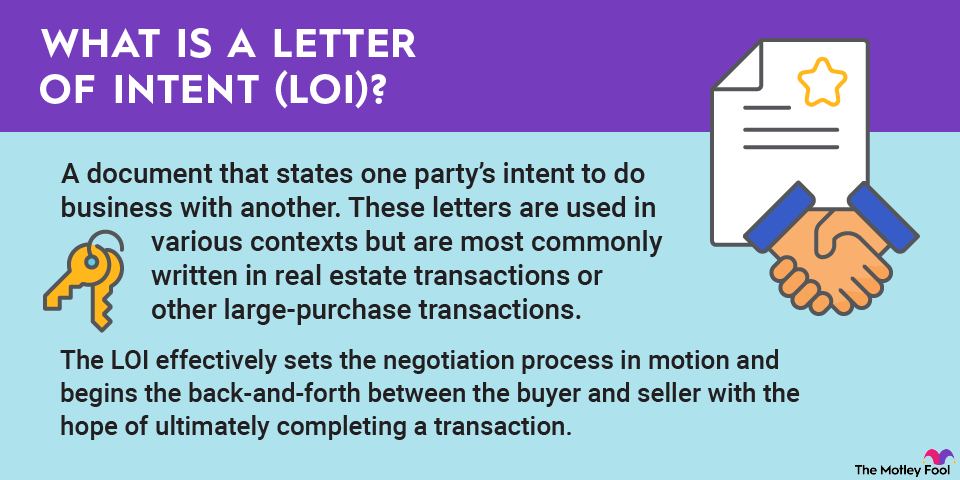A limited partnership (LP) is a business investing partnership. Like any good partnership, it brings together people or entities that each contribute something important. The general partner (GP) runs the business's day-to-day operations, while the limited partners (LPs) bring capital to help fund the business partnership.
Here's a closer look at LPs, how they work, their benefits and drawbacks, and some examples.

What is an LP, and how do they work?
An LP involves two or more LPs investing in a business run by a GP, which can also be an LP. The LPs have limited liability (up to their investment in the LP) and limited (or no) involvement in the business's day-to-day operations. The GP, on the other hand, manages the business and bears full personal liability should the LP fail.
An LP is an investing partnership. A GP will form an LP to raise capital from LPs to help fund a business while maintaining operating control. LPs are also sometimes called passive investors or silent partners. They invest money in the LP and receive a proportion of its income.
An LP is a pass-through entity for tax purposes. The LP doesn't pay corporate taxes. It passes the income and losses through to LPs, which report them on their tax returns. They pay taxes on any income at their tax rate. LPs receive a Schedule K-1 to report their share of the business's profits or losses on their taxes.
How does an limited partnership differ from a limited liability corporation (LLC)?
LPs and LLCs are types of business structures. While both limit the investor's liability to their investment, some key differences exist:
- LPs include GPs and LPs, while LLCs have owners or members.
- LPs aren't active in managing the LP, while LLC members typically have a right to participate in managing the business.
- GPs have personal liability in the LP, while LLC members do not.
- All LPs are taxed as a partnership, while LLCs can choose to be a partnership, C-Corp, S-Corp, or disregarded entity for tax purposes.
What are the pros and cons of an LP?
While LPs have many benefits, there are also some disadvantages. As an investor, you must do your due diligence so that you know whether an LP is the right choice for you. Here are some advantages and disadvantages of this business investing partnership structure.
Some pros of an LP
- LPs bear no personal liability.
- They are taxed as a pass-through entity. This approach potentially avoids double taxation from a C-Corp, where income gets taxed at the corporate level, and then the investor pays dividend taxes at the personal level.
- LPs are easy to create.
- Their structure is less formal.
- They have no self-employment taxes.
Some of the cons of an LP
- The GP has unlimited personal liability.
- LPs have a limited role in managing the partnership.
- Transferring ownership is harder than with other entities, such as LLCs.
- Personal taxes have the potential to be complicated, including delays in receiving Schedule K-1s.
- If self-employed, there could be issues obtaining loans due to K-1 losses.

















